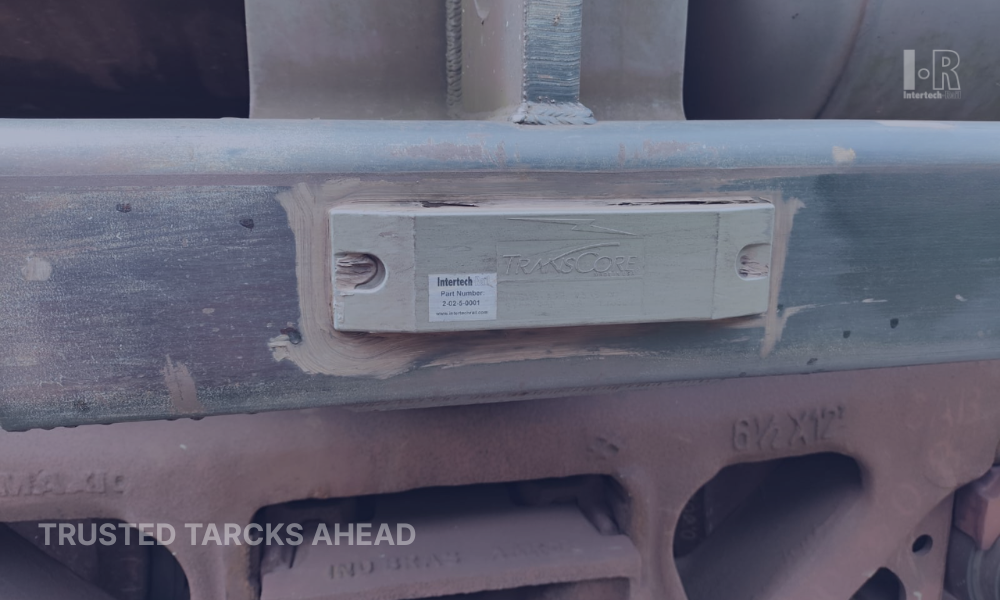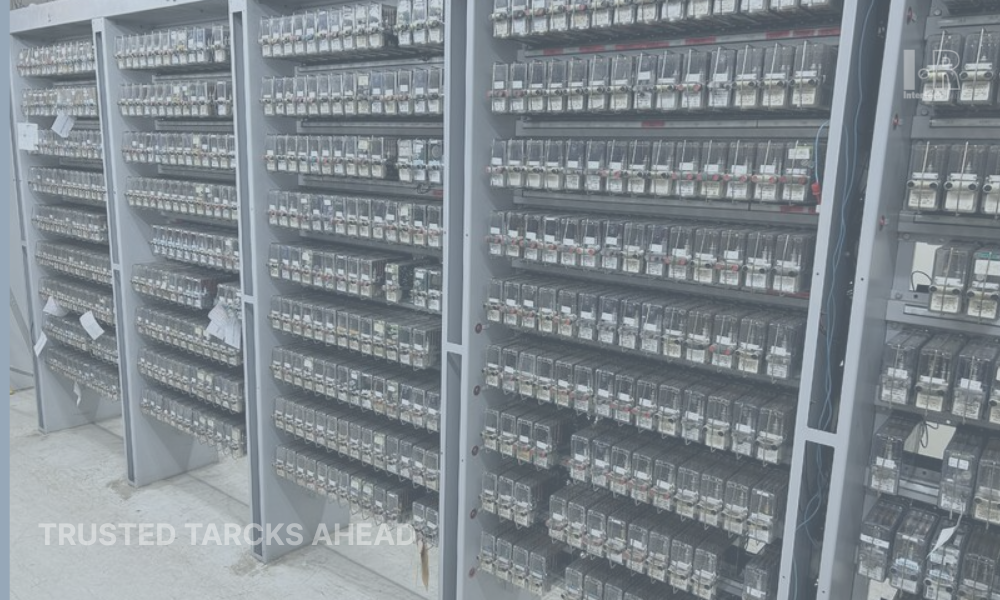The Ingenious Fail-Safe Mechanisms in Rail Hardware: Harnessing Physical Laws for Enduring Reliability
In the dynamic world of railway infrastructure, reliability and safety are #1 priority in chosing the solution and hardwares. Among the constant flow of trains, passengers, and cargo, the hardware deployed along rail lines must operate flawlessly, often under demanding conditions and with little room for error. A cornerstone of this reliability lies in the ingenious fail-safe mechanisms employed in rail hardware, such as relays and level crossing barriers. These mechanisms harness fundamental physical laws to ensure consistent and dependable performance, year after year.
Understanding Fail-Safe Design
Fail-safe design is a fundamental principle in engineering, particularly in safety-critical systems like those found in the rail industry. The concept revolves around ensuring that a system defaults to a safe state in the event of a failure or malfunction. In other words, even if a component or subsystem experiences an issue, the overall system continues to operate in a manner that minimizes risk and prevents catastrophic consequences.
Fail-Safe Features in Rail Relays
Relays are electromechanical devices used extensively in railway signaling systems, where they play a crucial role in controlling the flow of electricity to various components. Fail-safe features in rail relays are designed to ensure that, in the event of a malfunction, the signaling system defaults to a safe state, preventing potential accidents or disruptions to train operations.
One common fail-safe mechanism in rail relays involves spring-loaded contacts. These contacts are normally held in one position by a magnetic field generated when the relay is energized. However, in the event of a power failure or other malfunction, the spring force causes the contacts to return to their default position, interrupting the flow of electricity and signaling the system to revert to a safe state.
Harnessing Physical Laws in Level Crossing Barriers
Level crossing barriers are another critical component of railway safety infrastructure, designed to prevent vehicles and pedestrians from crossing the tracks when a train is approaching. The fail-safe mechanisms in these barriers rely on fundamental physical laws, particularly those governing the behavior of springs and gravity.
When a level crossing barrier is in the raised position, it is held in place by powerful springs that are compressed against the force of gravity. This configuration ensures that the barrier remains upright and clear of the railway tracks, allowing vehicles and pedestrians to pass safely.
However, when a train approaches and the signaling system indicates the need to lower the barriers, the springs are released, allowing them to expand rapidly. This action causes the barriers to descend quickly and decisively, blocking access to the crossing and providing a clear indication to motorists and pedestrians that it is unsafe to proceed.
The Role of Physical Laws
At the heart of these fail-safe mechanisms lies an understanding of fundamental physical laws, including electromagnetism, mechanics, and thermodynamics. Engineers leverage these principles to design hardware that operates reliably and predictably, even in the face of adverse conditions or unforeseen events.
For example, in relays, the interaction between magnetic fields and mechanical springs ensures that the contacts move to a safe position when power is lost. Similarly, in level crossing barriers, the interplay between gravity and spring forces allows for swift and decisive action to block access to the tracks when necessary.
The fail-safe mechanisms employed in rail hardware are a testament to the ingenuity of engineers and their deep understanding of physical laws. By harnessing these principles, railway systems around the world can operate with unparalleled reliability and safety, ensuring the smooth and efficient flow of trains while minimizing the risk of accidents or disruptions. As technology continues to evolve, so too will the fail-safe features in rail hardware, driving innovation and advancing the field of railway engineering for generations to come.









